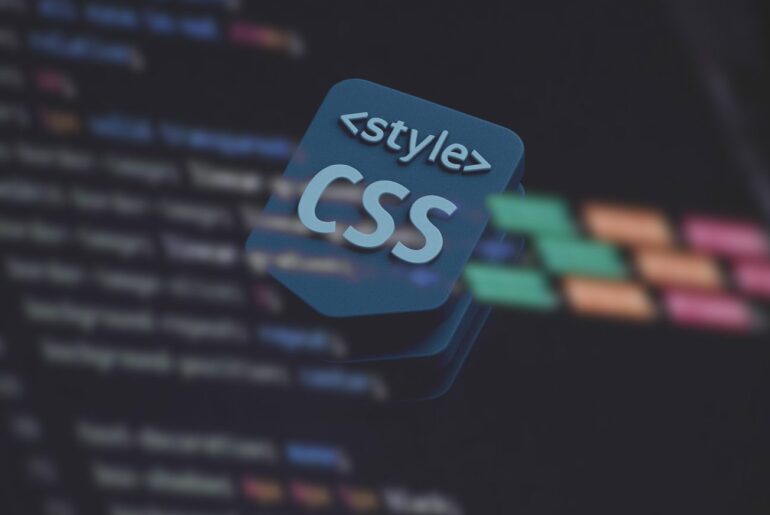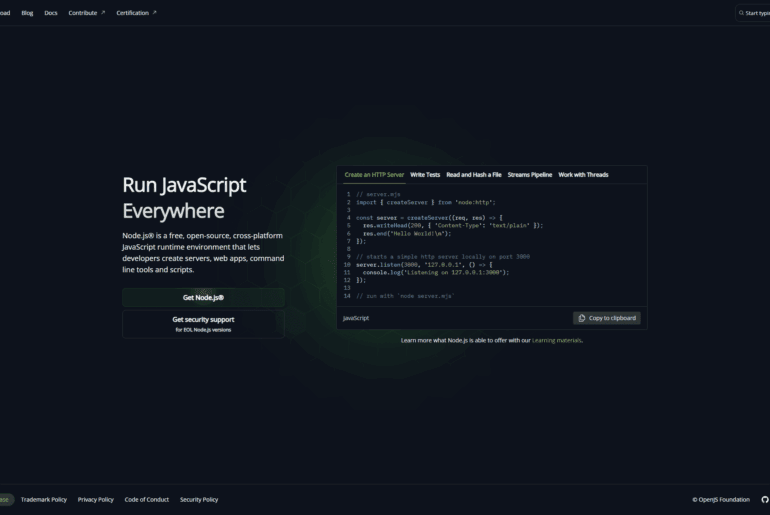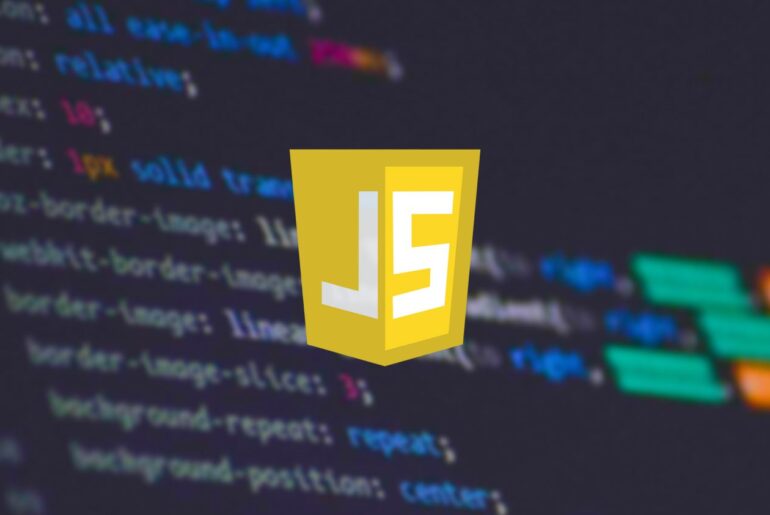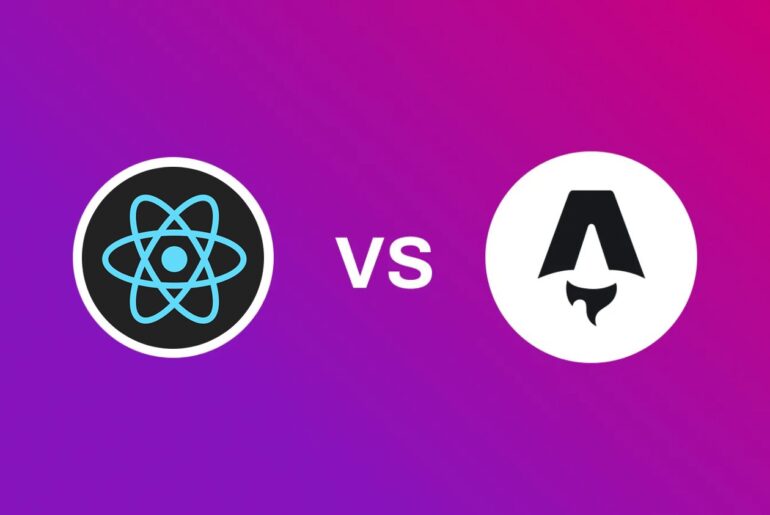When the web was young, building layouts meant painstakingly wrestling with floats, clears, browser quirks, “reset” files, and vendor prefixes.…
The short version: ENOENT is the system’s way of saying “can’t find what you asked for.” In Node/npm land, it…
Back in the early days of HTML5, navigator.onLine was introduced as a simple way to ask: is the browser online…
Let me take you back. In the early web, we built sites by writing HTML/CSS files and serving them from…
React originated at Facebook (Meta) circa 2011, formalized as open source in 2013. Its declarative component model, virtual DOM, and…
Vite emerged to fix the “slow feedback loop” that bundler-heavy dev servers imposed on React projects. Instead of pre-bundling everything,…
Next.js began as a thin layer over React for server-rendered pages and static exports. Over the last few years it…
Next.js was originally conceived as a React framework combining server-side rendering (SSR), static site generation, and client-side navigation. Over time,…











